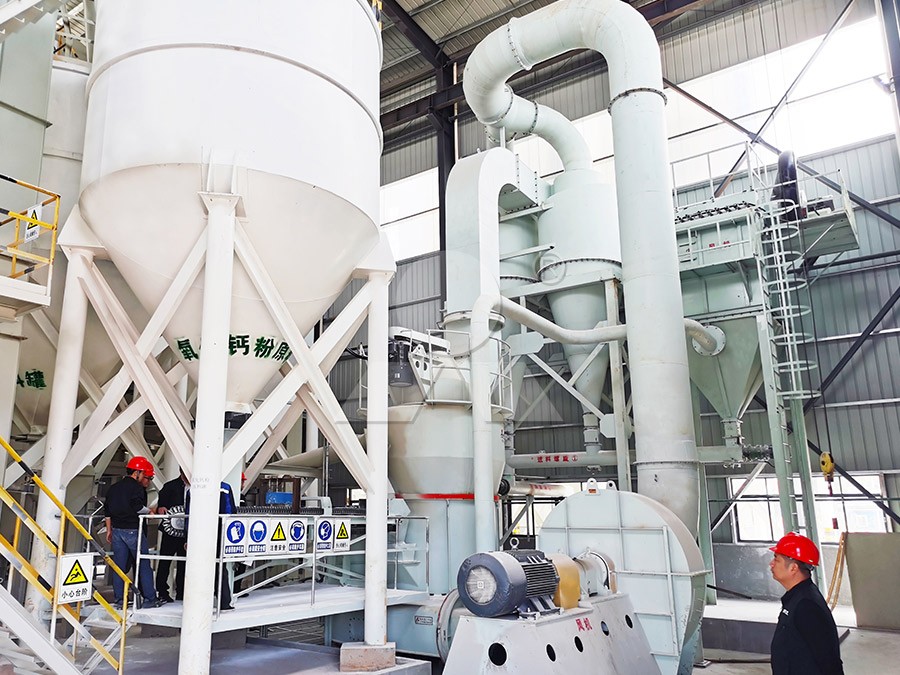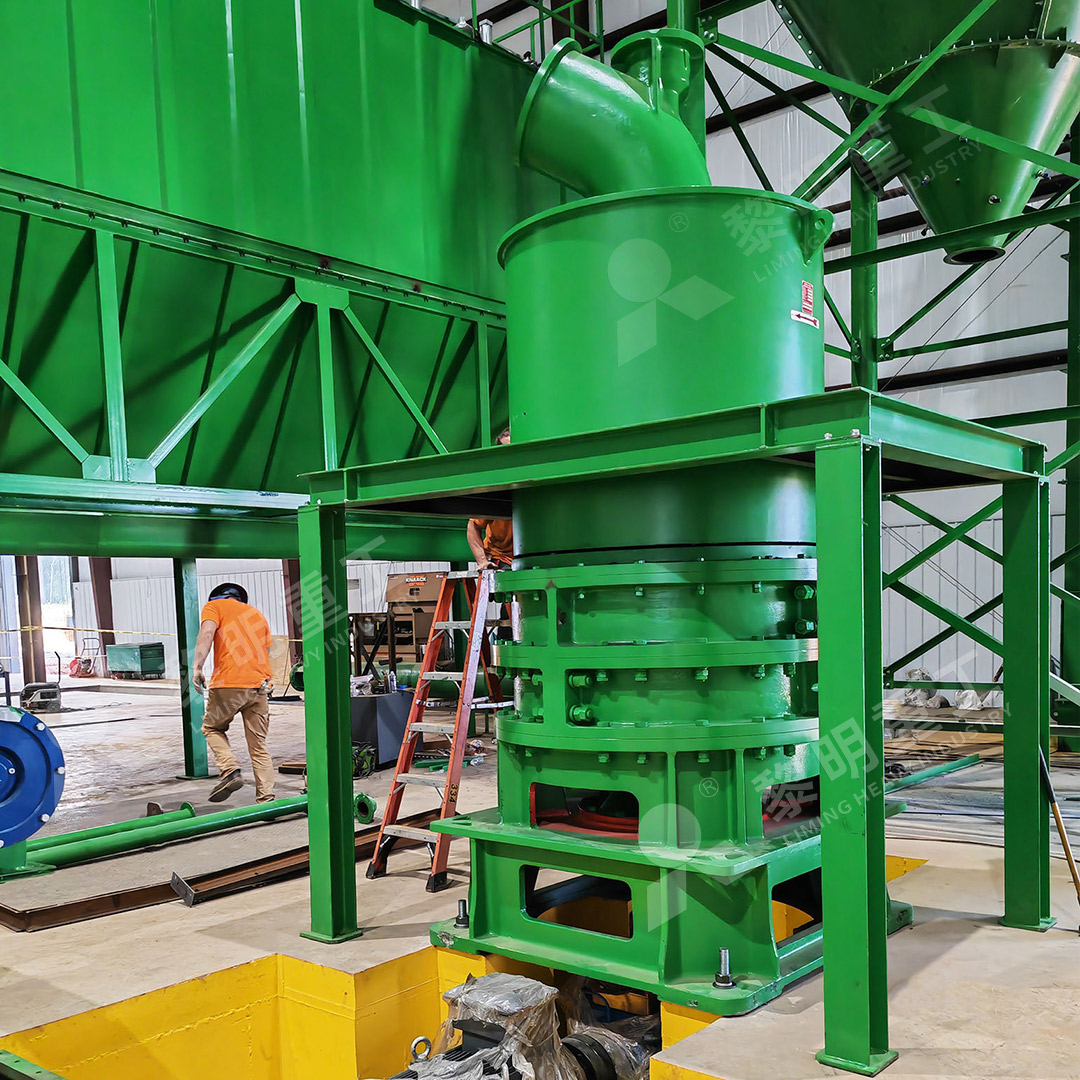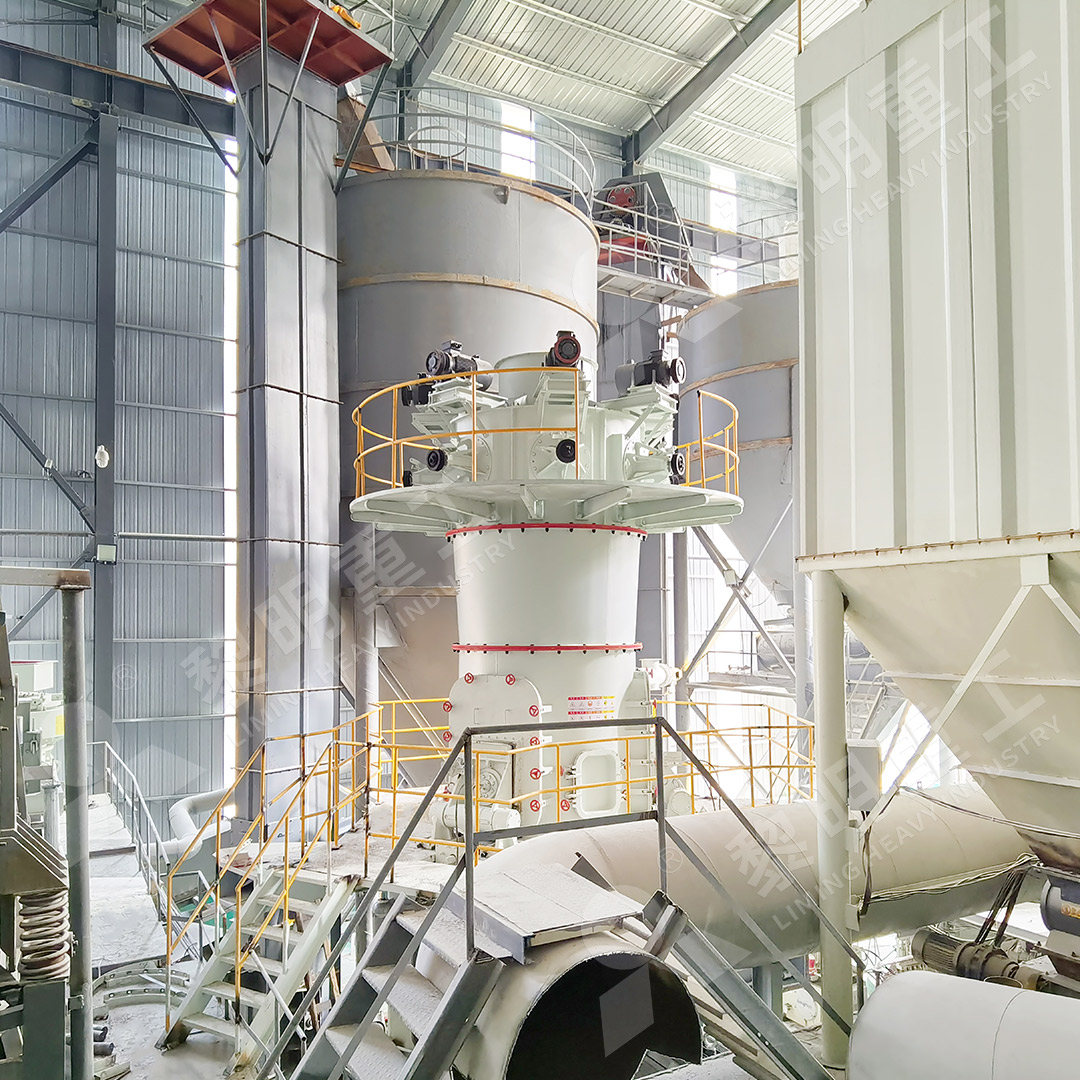Gangue to Aluminum Salt: Grinding Equipment for Raw Material Processing
Transforming Industrial Byproducts into Valuable Resources
The journey from coal gangue to high-purity aluminum salts represents one of the most promising value-added transformations in modern mineral processing. Coal gangue, long considered waste material in mining operations, contains significant aluminum content that can be extracted and processed into various aluminum salts used across multiple industries. The critical factor determining the efficiency and profitability of this transformation lies in the initial grinding phase, where raw gangue must be reduced to precisely controlled particle sizes.

Effective gangue processing demands equipment capable of handling abrasive materials while achieving consistent particle size distribution. The grinding phase directly impacts downstream chemical extraction efficiency, as uniform particle size ensures optimal surface area for chemical reactions. Furthermore, modern environmental regulations require grinding systems that minimize dust emissions and energy consumption while maximizing throughput.
The Critical Role of Precision Grinding
In aluminum salt production from gangue, the grinding process serves multiple essential functions beyond simple size reduction. Proper grinding liberates aluminum-bearing minerals from the gangue matrix, creates consistent surface area for chemical treatment, and enables efficient separation of aluminum from other elements. The ideal grinding equipment must offer:
- Precise particle size control between 325-2500 meshes
- Minimal iron contamination during processing
- Energy-efficient operation to maintain profitability
- Integrated dust collection for environmental compliance
- Continuous operation capability for industrial-scale production
Traditional grinding approaches often fall short in one or more of these areas, leading to compromised product quality, environmental challenges, or unsustainable operating costs. The industry has increasingly moved toward specialized grinding solutions designed specifically for mineral transformation applications.

Advanced Grinding Solutions for Aluminum Salt Production
Among the available technologies, the MW Ultrafine Grinding Mill has emerged as a particularly effective solution for gangue processing. This system addresses the specific challenges of aluminum salt production through several innovative features. With an input size capability of 0-20 mm and throughput ranging from 0.5 to 25 tph, the MW mill accommodates the variable nature of gangue feedstocks while maintaining consistent output quality.
The MW Ultrafine Grinding Mill incorporates German cage-type powder selector technology, enabling precise fineness adjustment between 325-2500 meshes. This level of control is crucial for aluminum salt production, where specific surface area directly influences chemical reaction rates during the conversion process. The mill’s unique design eliminates rolling bearings and screws from the grinding chamber, addressing common failure points in traditional grinding equipment and ensuring continuous operation essential for industrial-scale production.
For operations requiring even higher precision, the LUM Ultrafine Vertical Grinding Mill offers complementary capabilities. With input size of 0-10 mm and capacity of 5-18 tph, this system incorporates the latest Taiwanese grinding roller technology and German powder separating technology. The LUM mill’s double position-limiting technology provides exceptional operational stability, while its reversible structure simplifies maintenance procedures—critical considerations for operations minimizing downtime.
Environmental and Economic Considerations
Modern grinding equipment must balance processing efficiency with environmental responsibility. The transformation of gangue to aluminum salts presents an opportunity to convert waste materials into valuable products, but this environmental benefit can be undermined if the grinding process itself generates excessive pollution or energy waste.
The integrated pulse dust collector in the MW Ultrafine Grinding Mill ensures no dust pollution occurs during operation, while configured silencers and noise elimination rooms maintain workplace compliance with environmental standards. From an economic perspective, the system’s 40% higher production capacity compared to jet grinding mills and twice the output of ball grinding mills—with only 30% of the energy consumption of jet grinding systems—creates a compelling business case for operations scaling up aluminum salt production.

Future Directions in Mineral Processing Technology
The ongoing development of grinding technology continues to push the boundaries of what’s possible in gangue utilization. Digitalization of processing equipment, exemplified by the numerical control systems in modern grinding mills, enables unprecedented precision and operational control. As aluminum salt applications expand into new sectors including advanced materials, pharmaceuticals, and specialty chemicals, the demand for precisely controlled particle characteristics will only increase.
Operations investing in advanced grinding technology today position themselves to capitalize on these emerging opportunities while establishing sustainable processing practices that meet increasingly stringent environmental standards.
Frequently Asked Questions
Q: What particle size range is optimal for aluminum salt production from gangue?
A: The optimal range typically falls between 800-1500 meshes, though specific requirements depend on the extraction method and desired salt characteristics. The MW Ultrafine Grinding Mill’s adjustable fineness between 325-2500 meshes accommodates this full spectrum.
Q: How does grinding equipment prevent iron contamination during processing?
A: Advanced mills like the MW series eliminate rolling bearings and screws from the grinding chamber and use specialized wear-resistant materials that minimize iron introduction. The LUM mill’s unique roller shell and lining plate design further reduces iron content issues.
Q: What throughput capabilities are available for industrial-scale operations?
A: Systems like the MW Ultrafine Grinding Mill offer capacities from 0.5 to 25 tph, scalable to match production requirements. Multiple units can be configured in parallel for higher volume operations.
Q: How do modern grinding systems address environmental compliance?
A: Integrated pulse dust collectors, mufflers, and negative pressure operation prevent dust emissions, while energy-efficient designs reduce overall power consumption. These features ensure compliance with national environmental protection standards.
Q: What maintenance advantages do newer grinding systems offer?
A: Designs like the MW mill’s external lubrication system enable maintenance without shutdown, while the LUM mill’s reversible structure allows easy roller access for inspection and replacement, significantly reducing downtime.
